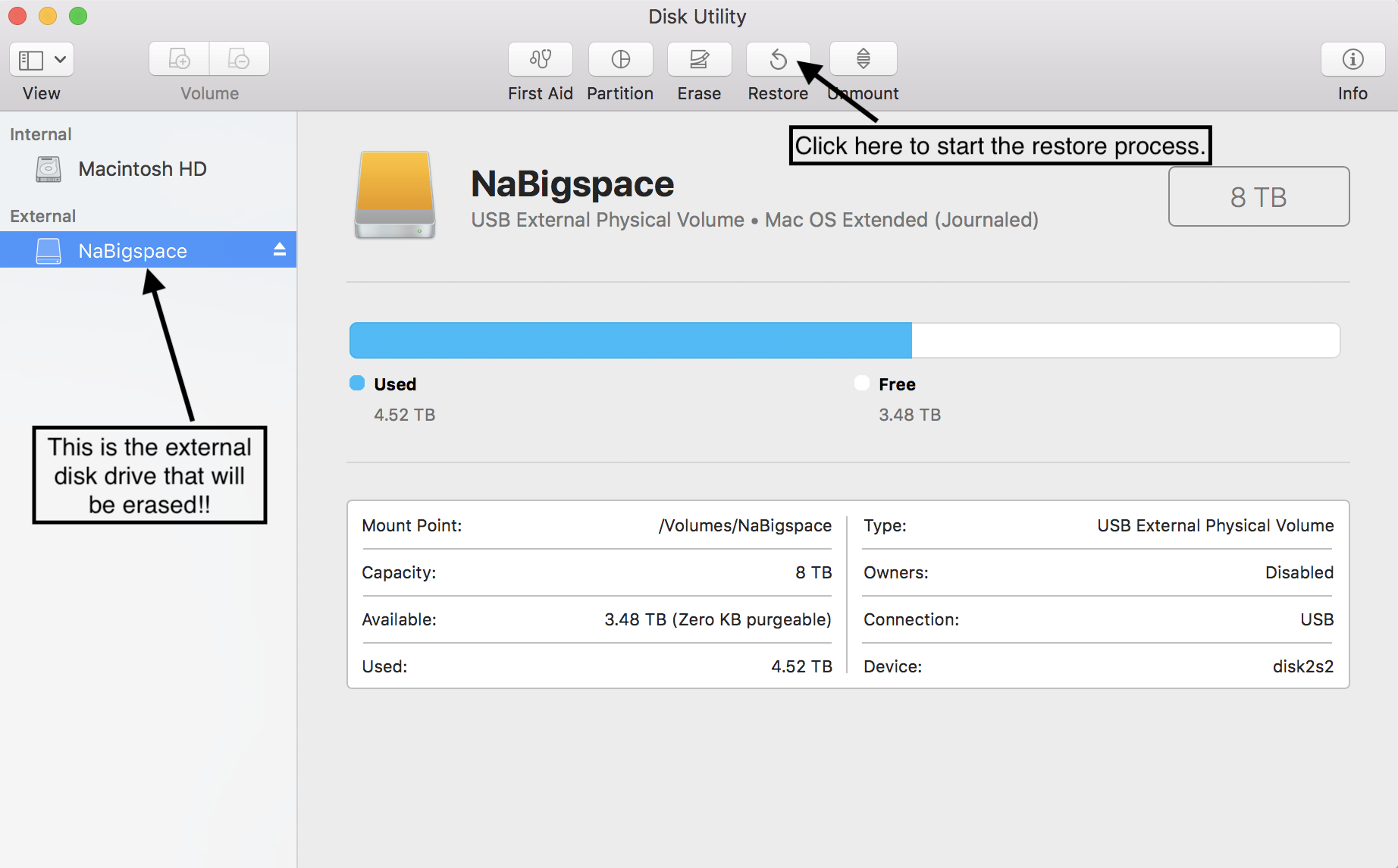

- #CREATE A RESTORE IMAGE FOR MULTIPLE VERSIONS OF OS X PASSWORD#
- #CREATE A RESTORE IMAGE FOR MULTIPLE VERSIONS OF OS X MAC#
Make sure you don’t click Delete Volume Group. Step 8: In the resulting window, click Delete to confirm. Alternatively, with the Data drive selected, you can click the Minus button in the Disk Utility toolbar. Step 7: Select the Data drive, click Edit on the menu bar, and then select Delete APFS Volume on the drop-down menu. If you don’t have a Data drive, don’t worry - just skip ahead to step 9. For instance, if your startup disk is Macintosh HD, you should also see a drive labeled Macintosh HD - Data. Also listed is another drive with the word “Data” appended at the end. Step 6: Your Mac’s startup disk is listed on the left, typically named “Macintosh HD” by default unless you renamed it. Select Disk Utility on the list and click Continue. The MacOS Utilities pop-up appears on your screen.
#CREATE A RESTORE IMAGE FOR MULTIPLE VERSIONS OF OS X PASSWORD#
Step 5: After a few moments, enter your password as prompted.
#CREATE A RESTORE IMAGE FOR MULTIPLE VERSIONS OF OS X MAC#
Keep holding them until your Mac shows either an Apple logo, a spinning globe, or another startup screen.

Step 4: Once your Mac restarts, press the Command + R keys together. Step 3: Click the Apple logo in the top-left corner and select Restart on the drop-down menu. Apple stores this data remotely on its servers. Erasing your hard drive is simple, but once it’s wiped, you’ll need access to your Mac’s factory settings. Step 2: Make sure your Mac is connected to the internet, preferably through a wired connection. Step 1: For MacBooks, plug in the power adapter so there’s no danger of running out of battery power. Our simple step-by-step guide will help you erase everything on your Mac, reinstall MacOS, and restore your machine to its original factory settings. You can fix a number of technical issues by restoring a MacBook to its factory settings, and it’s also something you should do before selling your Mac or giving it to someone - you’ll protect your personal data and allow the new owner to personalize the device. Restoring your Mac to its factory settings will erase all your data from the hard drive as well as your preferences and customized settings.


 0 kommentar(er)
0 kommentar(er)
